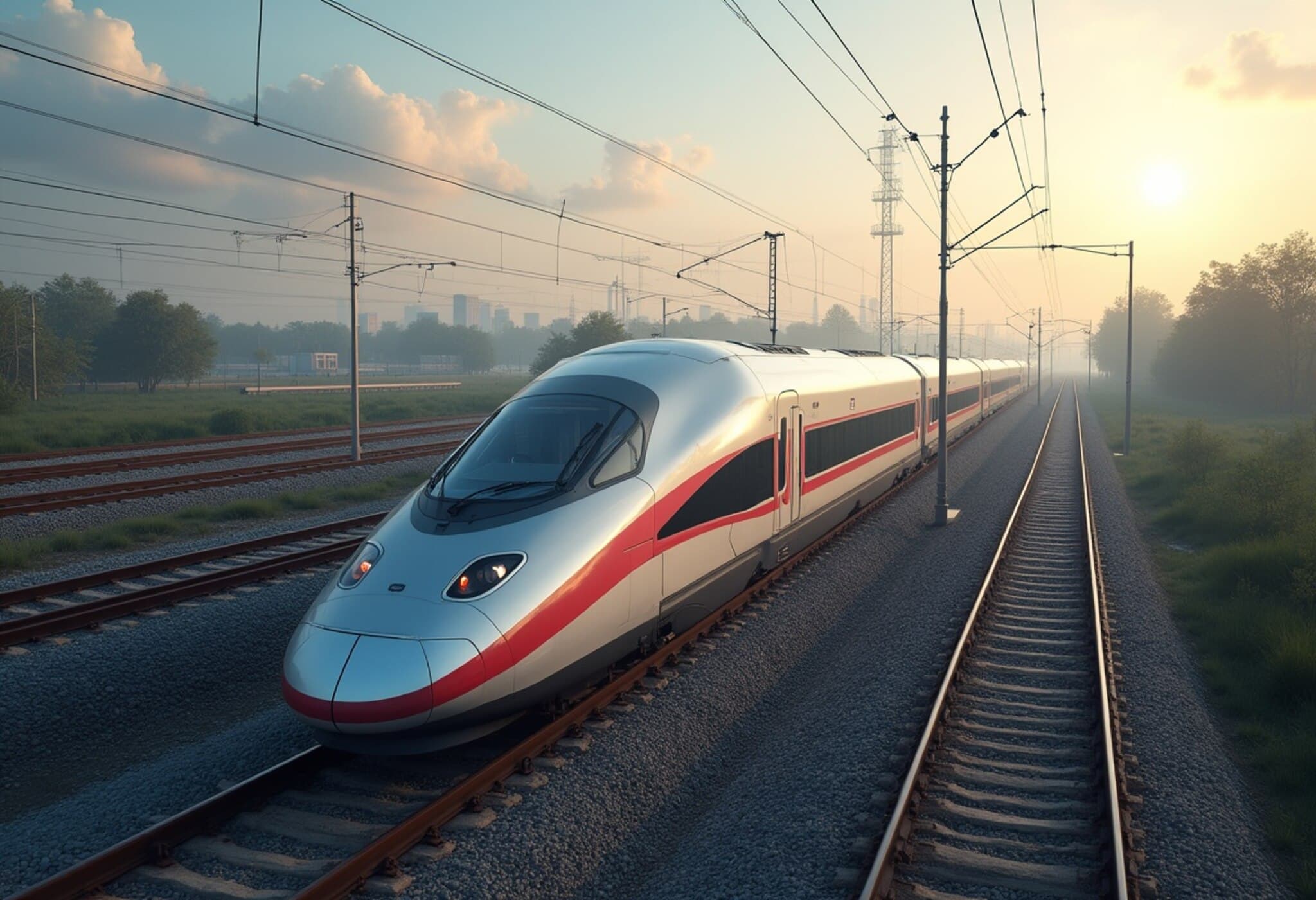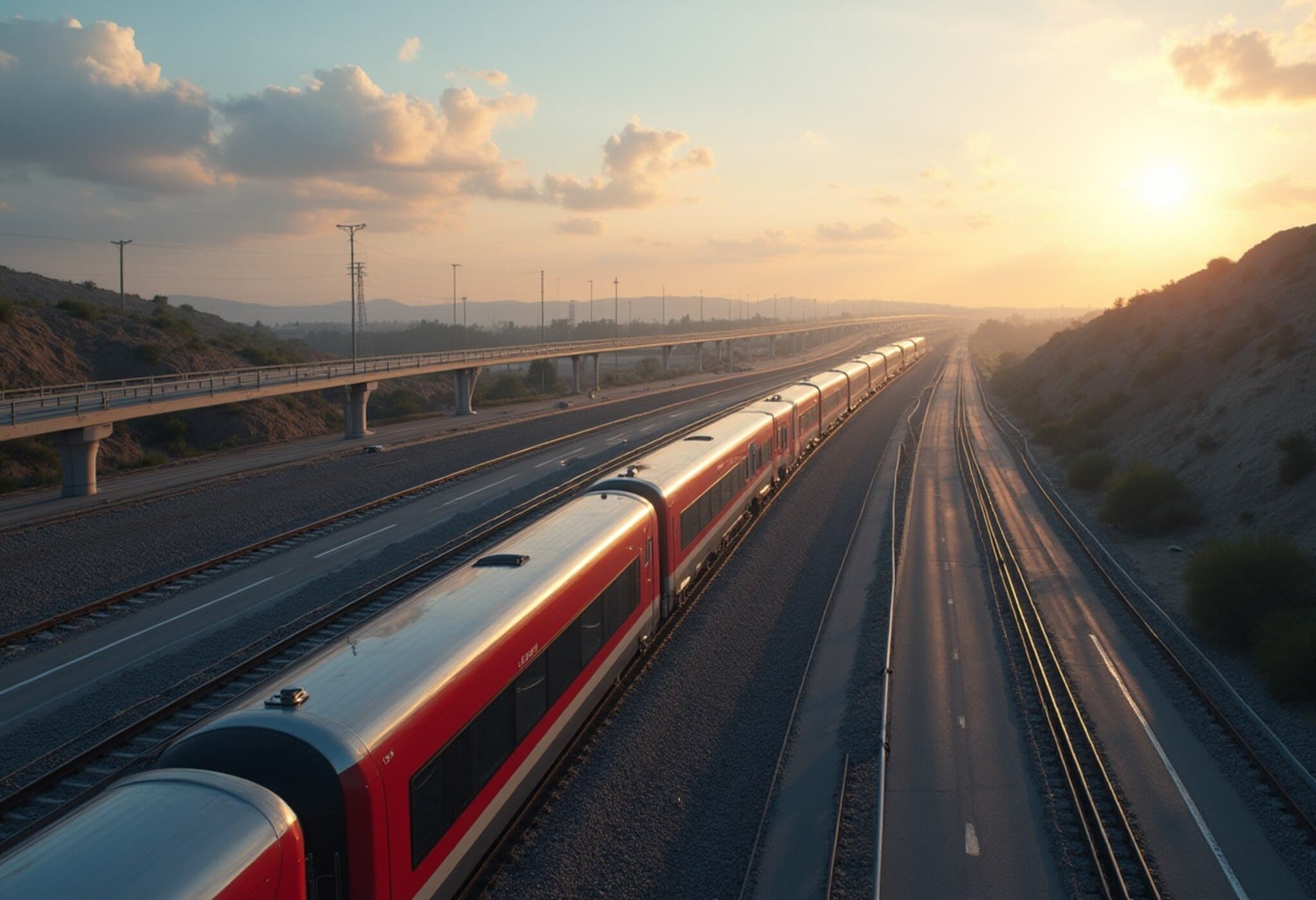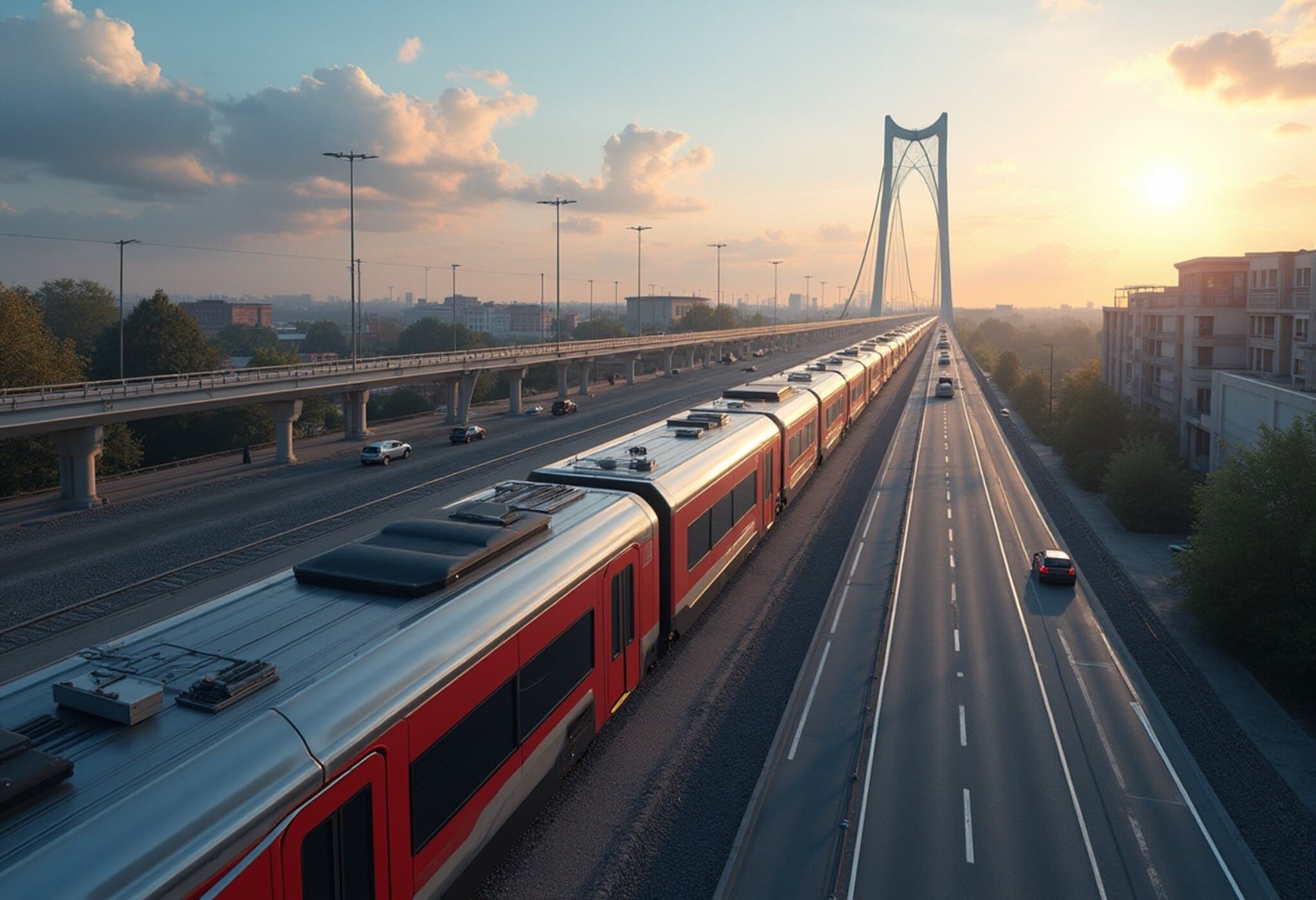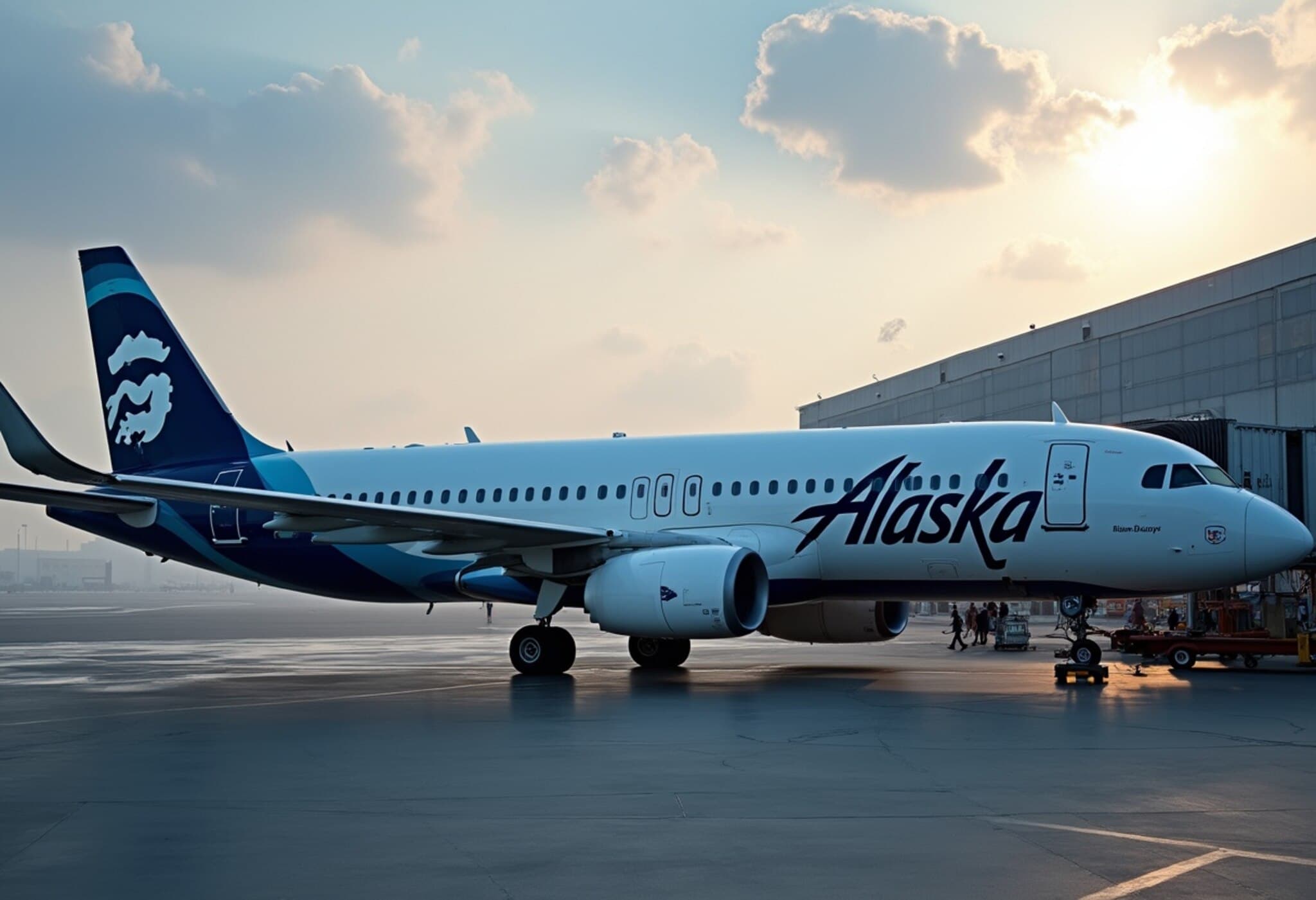China's Remarkable High-Speed Rail Expansion
In just 15 years, China has revolutionized rail travel by establishing the world's largest high-speed rail network spanning 47,000 kilometers. This extensive system connects nearly every major city, with bullet trains cruising at speeds exceeding 300 km/h. For example, the journey between Beijing and Shanghai now takes just over three hours, a testament to China's rapid infrastructural advances driven by robust domestic innovation and ambitious global outreach.
India’s Journey Towards High-Speed Rail
Contrasting China's rapid progress, India’s high-speed rail ambitions are still in their nascent stages. Despite launching its first bullet train project between Mumbai and Ahmedabad in 2017, progress has been steady but gradual. As of June 2025, about 300 kilometers of viaducts have been constructed on the Mumbai-Ahmedabad corridor, a crucial component of the Mumbai-Ahmedabad High-Speed Rail (MAHSR) project.
Current Progress and Challenges
- The MAHSR aims to slash travel time from over seven hours to under three, connecting two of India’s financial powerhouses.
- Major construction milestones include completing 257.4 km of viaduct using the advanced Full Span Launching Method (FSLM).
- The route also features 14 river bridges, seven steel bridges, and five prestressed concrete bridges, showcasing engineering complexity.
- Approximately 157 km of reinforced concrete track bed has been laid within Gujarat, further advancing track readiness.
- While six of eight stations in Gujarat near completion, progress around Mumbai’s terminus at Bandra Kurla Complex faces some delays.
Domestic Innovation: India’s Own High-Speed Trains
In a significant move towards self-reliance, India's Integral Coach Factory (ICF) is collaborating with BEML to manufacture indigenous high-speed train sets. These trains, designed for test speeds of up to 280 km/h, incorporate modern passenger comforts such as:
- Fully air-conditioned coaches with adjustable, rotating seats
- Dedicated areas to assist passengers with limited mobility
- Onboard entertainment systems to enhance the travel experience
This domestic design reflects a milestone in India's rail infrastructure, signaling a leap towards modernity and comfort.
Environmental Considerations and Future Outlook
The bullet train project prioritizes sustainability with plans for over 300,000 noise barriers and aims for zero direct emissions during operation. Civil works are nearing completion at key Gujarat stations, paving the way for phased operational launch.
Although the first passenger run from Sabarmati to Vapi is targeted around 2028, full connectivity to Mumbai is projected by 2030. This timeline highlights that while India’s bullet train is no longer a distant dream, considerable groundwork remains before it can rival established networks like China’s.
High-Speed Rail: India and the World
Globally, Europe’s high-speed rail network took several decades to establish. India’s journey, although slower than China’s rapid expansion, is a significant step forward in modernizing national transport infrastructure. Combining domestic innovation, strategic international partnerships, and environmental mindfulness, India is laying the tracks for a high-speed future.
Stay tuned for updates as India’s bullet train project continues to unfold, promising transformative impacts on travel and connectivity.











